Would you wear clothes from a 3D printer?
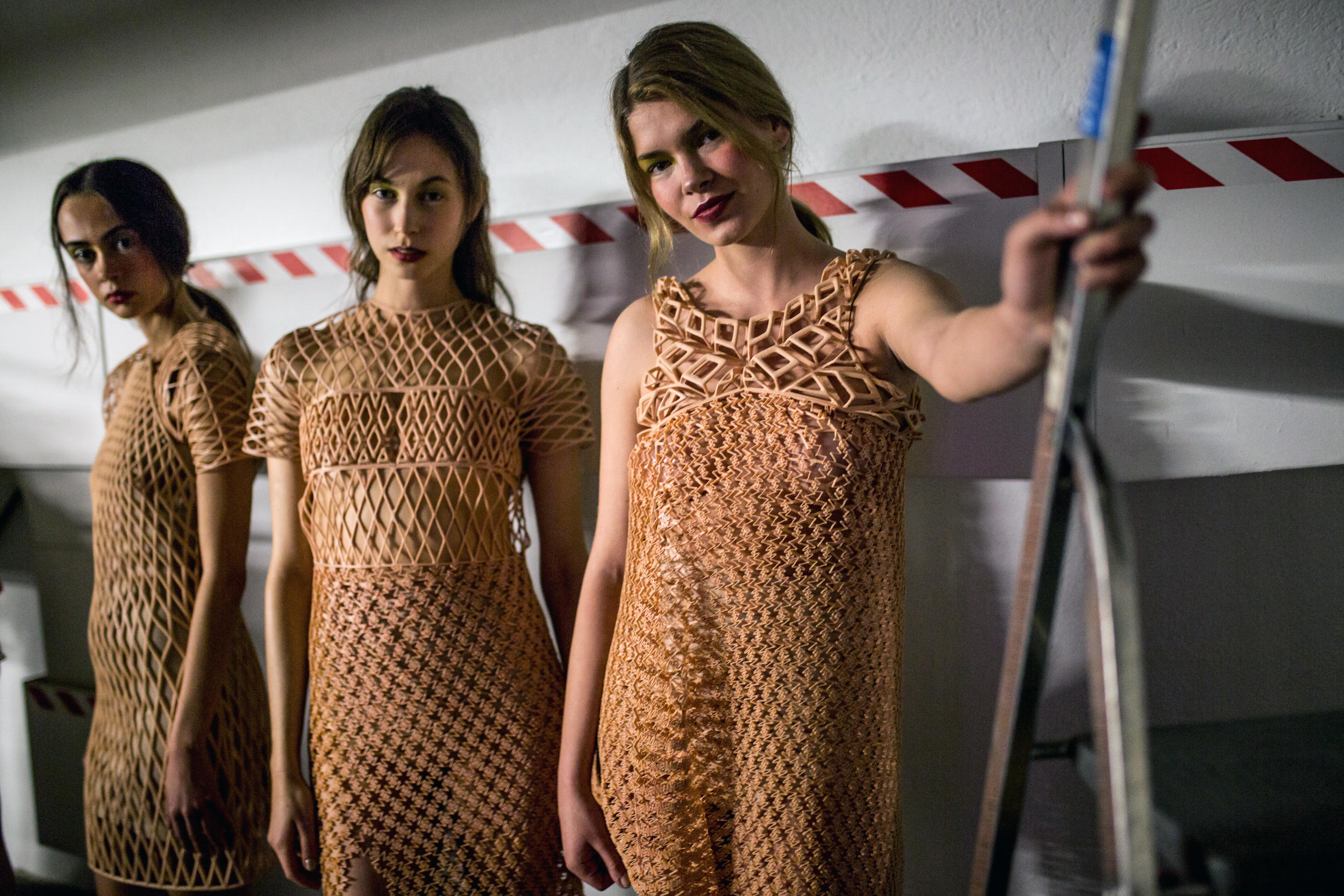
Bouncy and revealing, is this how people will dress someday? 3D printing was showcased at the annual Textile and Fashion Days in Zurich. If and when it will compete with weaving machines is an open question.
Israeli designer Danit PelegExternal link didn’t bother with fabric or a sewing machine when creating her garments, yet she’s the most sought-after speaker at the Swiss Textile College’s annual Textile & Fashion Days. Though not the world’s first person to print a garment, she was the first to produce an entire collection on 3D printers.
Peleg’s goal is to send customers the files someday – and let them print their own clothes whenever and wherever they choose. But because most people don’t have access to a 3D printer, she plans to produce and sell a limited number of custom jackets. In addition to getting it made-to-measure, the customers will be able to choose the colour and the lining. Indeed, without some sort of a lining or undergarment, Peleg’s airy designs would be chilly – and probably too revealing for most people.
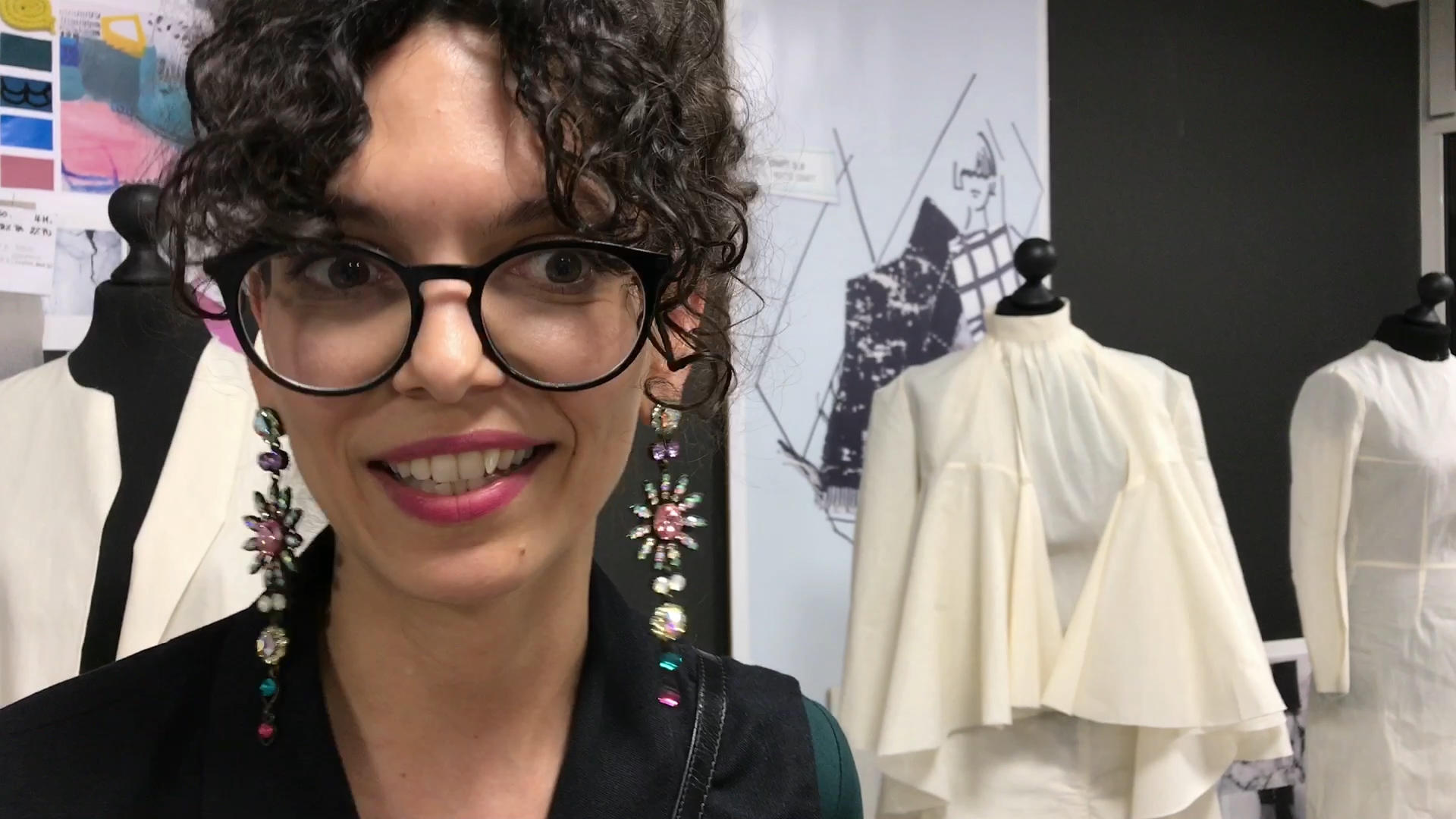
More
What do you think about 3D fashion?
Swiss textiles
It’s all quite a contrast to the delicate lace, fine linen and embroidery that first put Switzerland on the fashion map. Textiles represent Switzerland’s oldest industrial sector, with St Gallen as the production epicentre since the Middle Ages.
The eastern Swiss city’s embroidery business peaked at around 1870, but suffered during wartime and never recovered. What survived was the Swiss reputation for quality and innovation. Today, St Gallen is the home of exclusive textile manufacturers Jakob Schläpfer and Forster Rohner – whose fabrics regularly appear in haute couture.
It is the Swiss Textile CollegeExternal link in Zurich that is helping uphold the Swiss fashion tradition and sustain its future by training 700 students.
At the school-sponsored fashion event, 3D printers spit out whimsical plastic buttons along with segments of Peleg’s modern designs.
Clothes from a printer
Instead of thread, Peleg uses a plastic filament. During her studies at Israeli engineering, design and art college ShenkarExternal link, she spent a long time looking for the most wearable material and the most suitable printer. Companies and labs in Tel Aviv supported her experimentation – and her pursuit of a degree in fashion design.
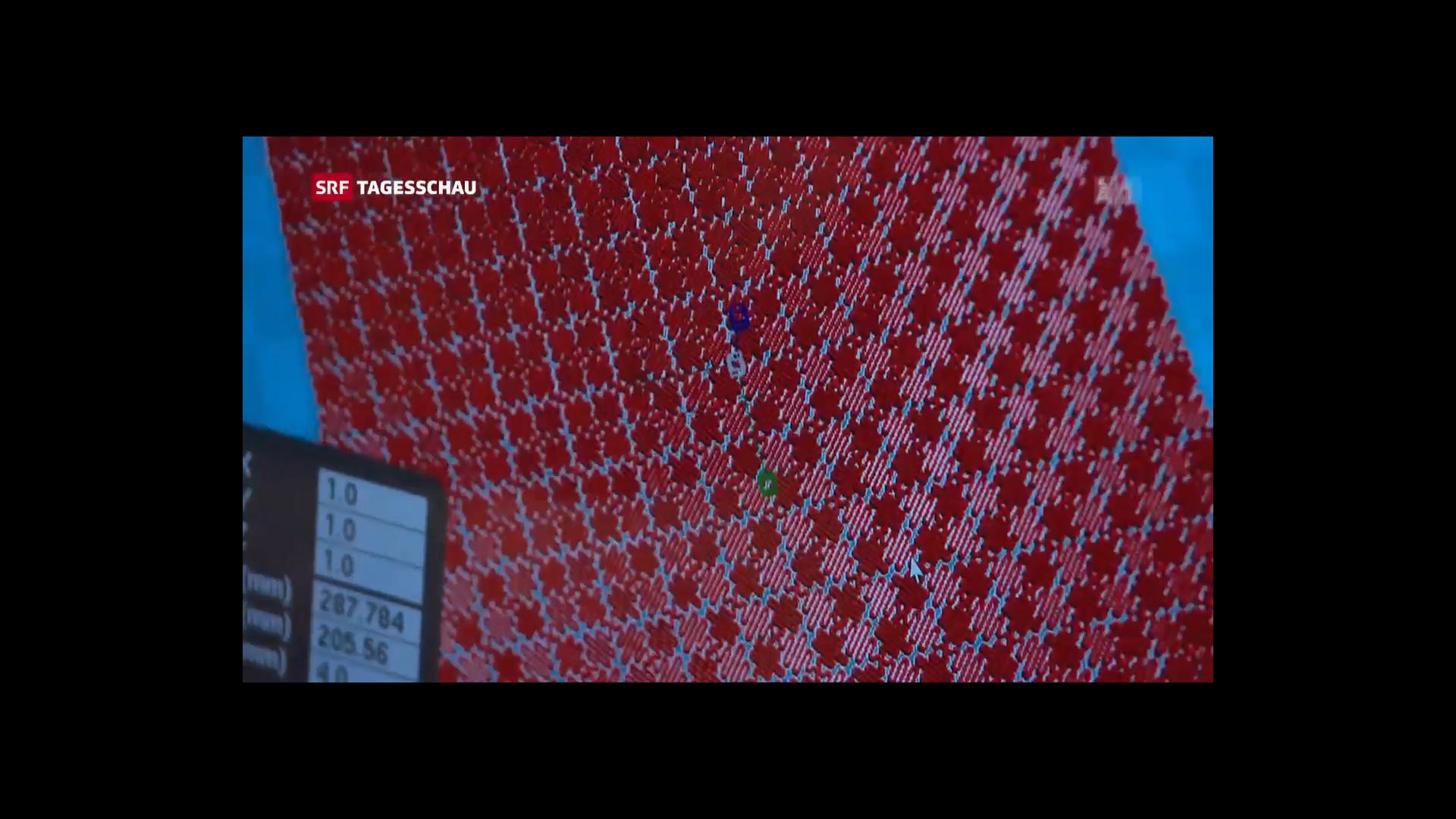
More
3D dress process
For Peleg, the key advantages of 3D printed fashion are individuality, flexibility and sustainability.
“There’s zero production waste – no scraps or unwanted clothing in the shops,” she says, adding that if you get tired of a garment, you can simply melt it and make a new one.
Limited edition
Not surprisingly, Europe’s textile machinery association is sceptical that 3D printing can replace weaving machines. “Still, it’s an interesting addition to the industry,” says Ernesto Maurer, president of engineering lobby Swissmem’s textile machinery section, and vice chairman of CEMATEXExternal link, the European Committee of Textile Machinery Manufacturers.
Whether 3D printing could be a threat in the near or distant future to an industry that, in Switzerland alone, includes about 40 companies, remains to be seen.
Even though Peleg’s concept could allow anyone with a spool of filament ($30) and a 3D printer ($2,000) to get the perfect colour and fit, the big investment is time. Currently, it takes about 100 hours to print a dress – not bad, considering that just a year ago, it took three times as long. But that’s far slower than normal textile production. Weaving machines can produce enough fabric for a dress in just eight minutes or so.
Modern material
Another downside is the fact that the 3D clothes – essentially made of plastic – are still rather stiff. Peleg acknowledges the fact that a cotton or silk feel would be more desirable. But tastes and technology do change. Maurer notes that 30 years ago, most clothing was made of natural materials. “Nylon tights were an exception. And nobody wanted a polyester dress,” he says.
Eliane Diethelm, co-founder of Zurich label Little Black DressExternal link, agrees. “The first polyester fibres were terrible in the ’50s and ’60s, but they’ve developed. Look at sportswear today – unimaginable without polyester,” she points out.
She and her business partner, Joanna Skoczylas, design clothes that are typically made of European jersey and silk, and produced in small batches in Switzerland and Bosnia. 3D printing isn’t yet part of their plans.
“I find 3D interesting. It gives you new possibilities for your designs,” Diethelm says. “I also think it’s still in its baby steps. You can wear it and it looks great, but it’s not very functional yet.”

In compliance with the JTI standards
More: SWI swissinfo.ch certified by the Journalism Trust Initiative









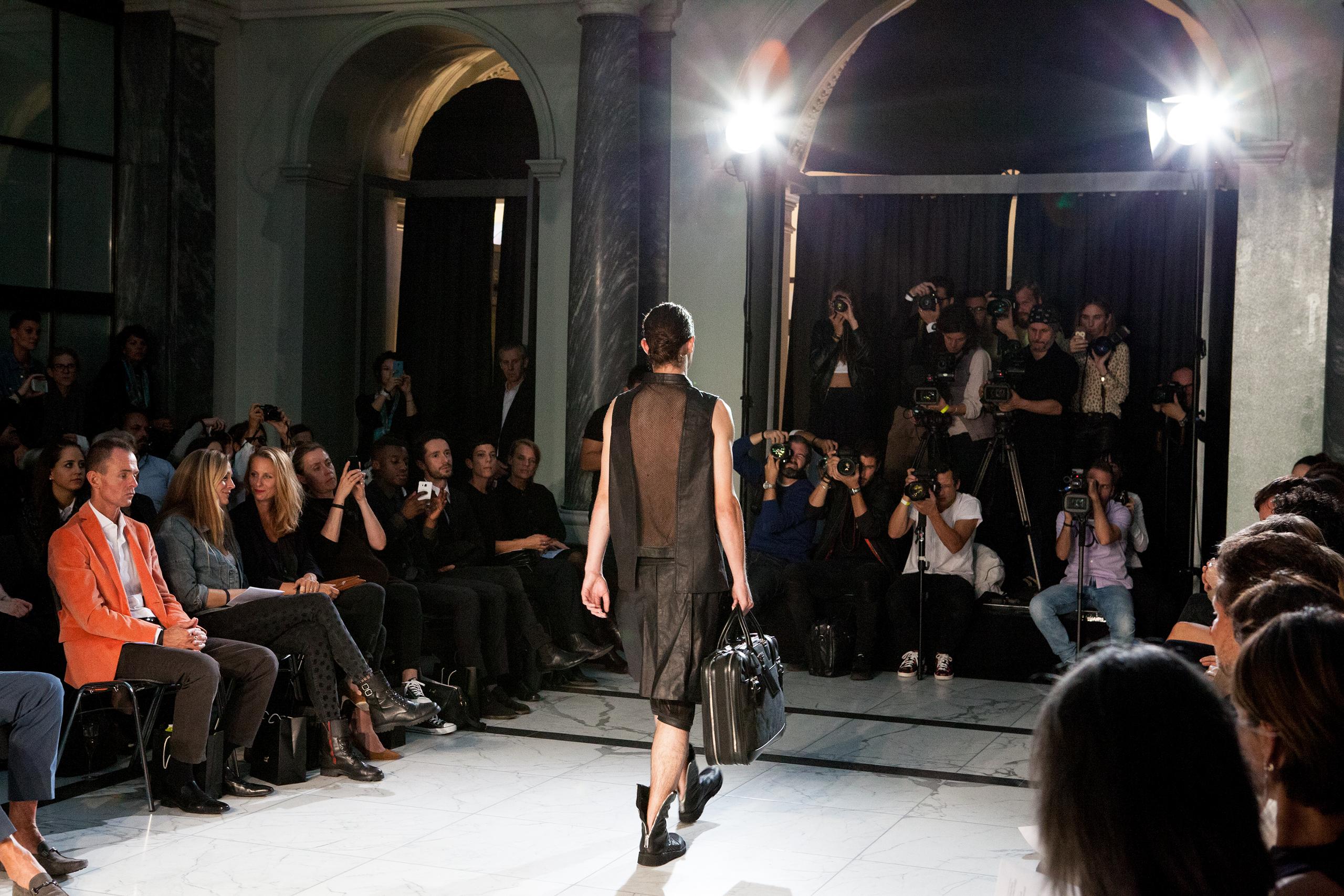
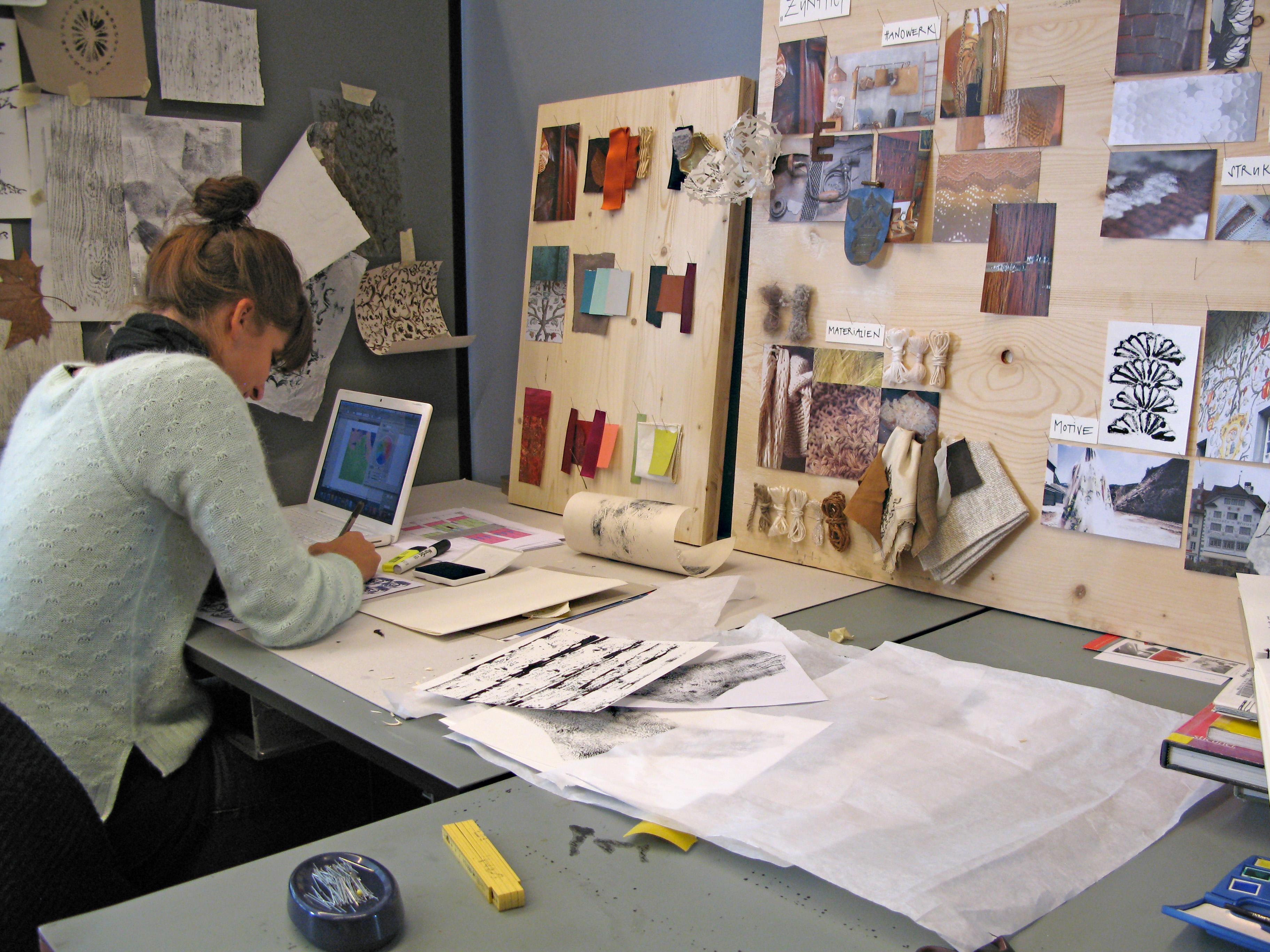










You can find an overview of ongoing debates with our journalists here . Please join us!
If you want to start a conversation about a topic raised in this article or want to report factual errors, email us at english@swissinfo.ch.